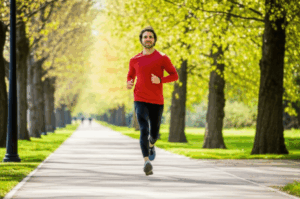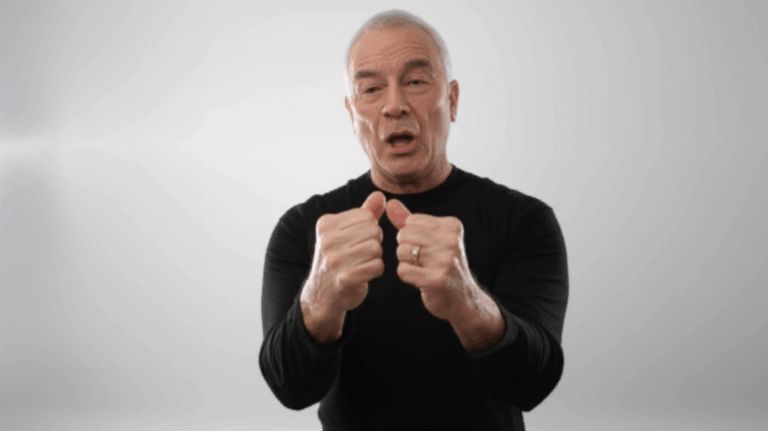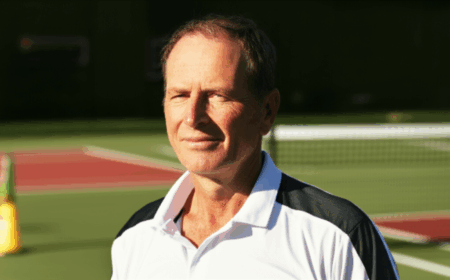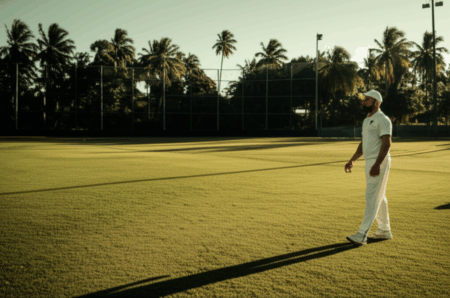At 71, I’m not just a fitness coach; I’m a living testament to the power of consistent movement and a proactive approach to aging. The journey to staying strong and mobile isn’t about chasing youth, but rather building a foundation that supports a vibrant, independent life for decades to come. After years of guiding clients and continuously refining my own practice, I’ve distilled my philosophy into a routine that prioritizes purpose, resilience, and a deep understanding of the body’s evolving needs.
My routine isn’t about extreme measures or hours in the gym. Instead, it’s about smart, consistent movement that keeps me capable for everyday life—whether it’s carrying groceries, traveling with ease, or simply waking up free of aches. This isn’t just about looking good; it’s about feeling good, maintaining independence, and embracing a high quality of life.
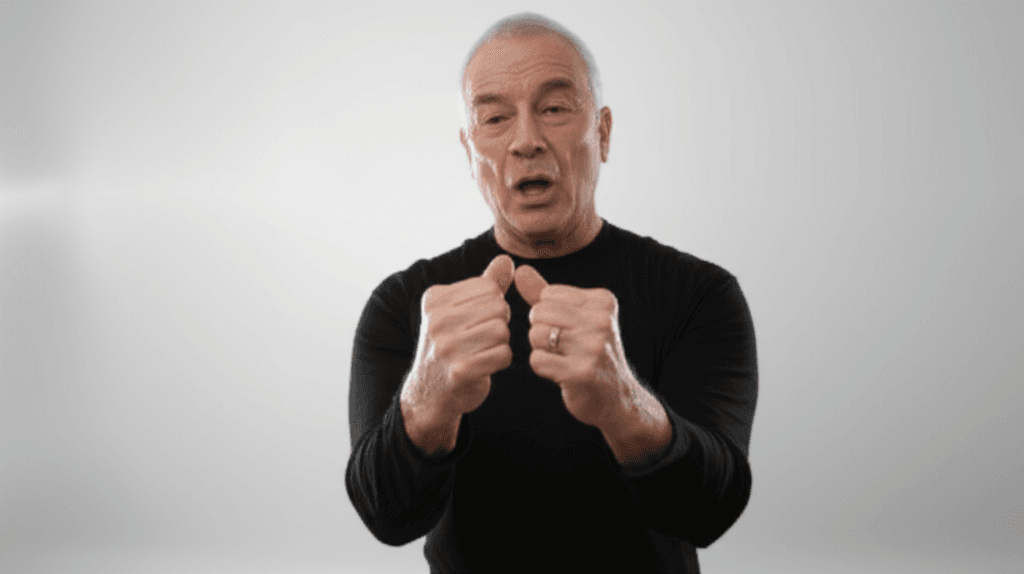
The Philosophy Behind My Longevity Routine
My approach to fitness at 71 is rooted in several core principles that I believe are essential for anyone looking to age gracefully and powerfully:
- Functional Fitness is King: Every exercise I do serves a purpose related to real-life movements. I focus on strengthening the muscles and improving the coordination needed for daily tasks like standing up from a chair, climbing stairs, or lifting objects.
- Consistency Trumps Intensity: Showing up regularly, even for shorter, less intense sessions, yields far greater results than sporadic, overly ambitious workouts that lead to burnout or injury.
- Listen to Your Body: Pain is feedback, not a challenge to overcome. Adapting my workouts based on how I feel each day is crucial for injury prevention and sustainable progress.
- Prioritize Recovery: Rest and proper nutrition are just as vital as the workout itself. Without adequate recovery, the body cannot adapt and grow stronger.
- Embrace a “Pro-Aging” Mindset: Rather than fighting aging, I view it as an opportunity to build a more resilient and capable body.
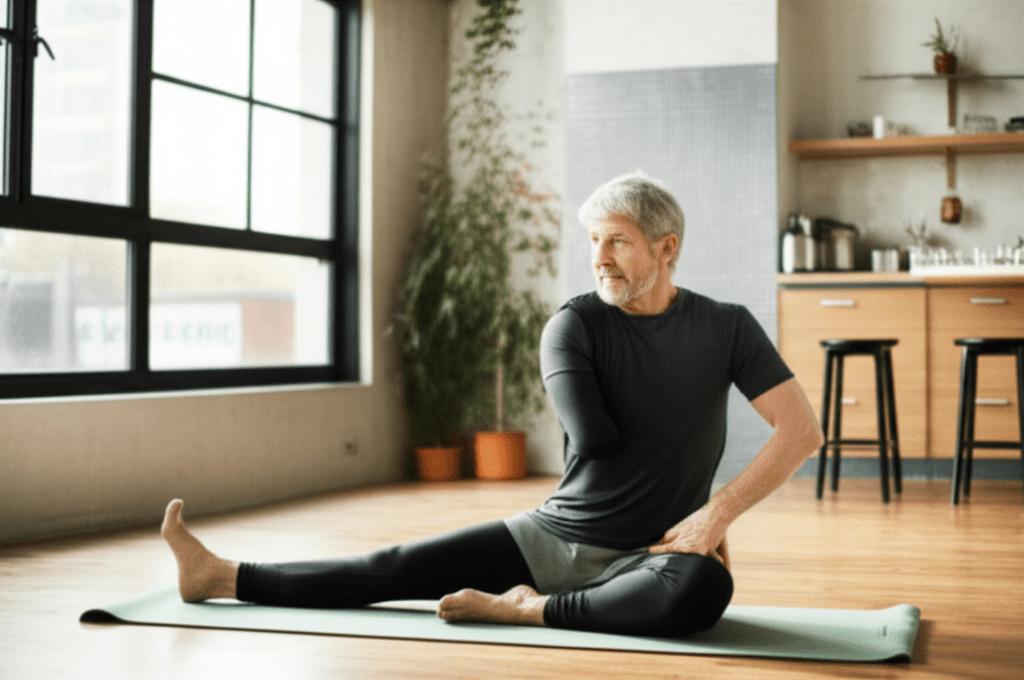
My Weekly Strength and Mobility Blueprint
My routine incorporates a blend of strength training, mobility work, cardiovascular exercise, and balance training, spread across most days of the week. The Centers for Disease Control and Prevention recommends that older adults strength train at least twice a week and engage in at least 150 minutes of moderate-intensity aerobic activity weekly.
Dynamic Warm-Up (10-15 minutes, Daily)
I start every session with a dynamic warm-up to prepare my muscles and joints for movement. This helps increase blood flow, improves flexibility, and reduces the risk of injury.
- Marching in Place/High Knees: Gently lifting knees towards the waist, sometimes adding arm swings.
- Arm Circles: Small to large circles, forward and backward, to mobilize the shoulders.
- Leg Swings: Holding onto a chair for support, gently swinging legs forward and backward, and side to side.
- Torso Twists: Gentle rotations of the upper body, keeping the hips relatively stable.
- Neck and Ankle Rolls: Slow, controlled movements to articulate these often-overlooked joints.
Strength Training (3 times a week, non-consecutive days)
Strength training is non-negotiable for maintaining muscle mass, bone density, balance, and reducing the risk of falls as we age. I focus on compound movements that work multiple muscle groups simultaneously, using bodyweight, resistance bands, or light dumbbells. I aim for 10-15 repetitions for 2-3 sets of each exercise, focusing on proper form.
- Squats (Chair Squats or Bodyweight Squats): This is fundamental for daily activities like sitting and standing. I use a chair as a target or for assistance if needed, gradually lowering the height of the target as my strength improves.
- Wall Push-Ups or Incline Push-Ups: Great for upper body strength, particularly the chest, shoulders, and triceps, without the strain of floor push-ups. The closer my feet are to the wall, the easier it is; I can step further back for more challenge.
- Seated Rows (with Resistance Band): Targets the back muscles, crucial for posture and pulling movements. I sit with a resistance band looped around my feet and pull the ends towards my core.
- Lunges (Modified or Chair-Assisted): Improves leg strength, balance, and coordination. I often start with reverse lunges or hold onto a support for stability.
- Standing Hip Extensions/Abductions: Essential for hip strength and stability, aiding in walking and balance.
- Overhead Press (Light Dumbbells or Resistance Band): Builds shoulder and upper chest strength, important for reaching and lifting. I can do this seated or standing, depending on my balance.
- Farmer’s Carry (Light Weights): This is a fantastic full-body functional exercise that strengthens grip, core, back, and legs, mimicking carrying groceries.
Mobility & Flexibility (Daily or Post-Strength Training)
Maintaining range of motion and preventing stiffness is key. I integrate flexibility work into my daily routine.
- Yoga or Pilates (2-3 times a week): These practices are excellent for improving flexibility, balance, core strength, and overall body awareness. Many modified versions exist for seniors, including seated yoga.
- Dynamic Stretching: Leg swings, arm circles, torso rotations.
- Static Stretching: Holding stretches for 15-30 seconds after muscles are warm. Key areas include hamstrings, quads, hips, chest, and shoulders.
- Foam Rolling: I often start my mornings with foam rolling to release muscle tension.
Cardiovascular Health (3-4 times a week, 30-45 minutes)
Keeping my heart healthy is paramount. I opt for low-impact activities that are gentle on my joints but still get my heart rate up.
- Brisk Walking: My go-to cardio, often incorporating interval walking (alternating brisk pace with a slower recovery). Even 10 minutes of walking daily offers benefits.
- Cycling (Stationary or Outdoor): Excellent for leg strength and cardiovascular fitness with minimal joint impact.
- Swimming or Water Aerobics: The buoyancy of water makes it ideal for those with joint pain, providing a full-body workout.
- Dancing: A fun way to get cardio, improve coordination, and boost mood.
Balance and Proprioception (Integrated Daily)
Balance is crucial for fall prevention. I integrate balance exercises into my daily routine and warm-ups.
- Single-Leg Stands: Holding onto a support if needed, gradually increasing the time I can balance on one leg.
- Heel-to-Toe Walk: Walking with the heel of one foot touching the toes of the other, like walking on a tightrope.
- Marching in Place: Lifting knees high to challenge stability.
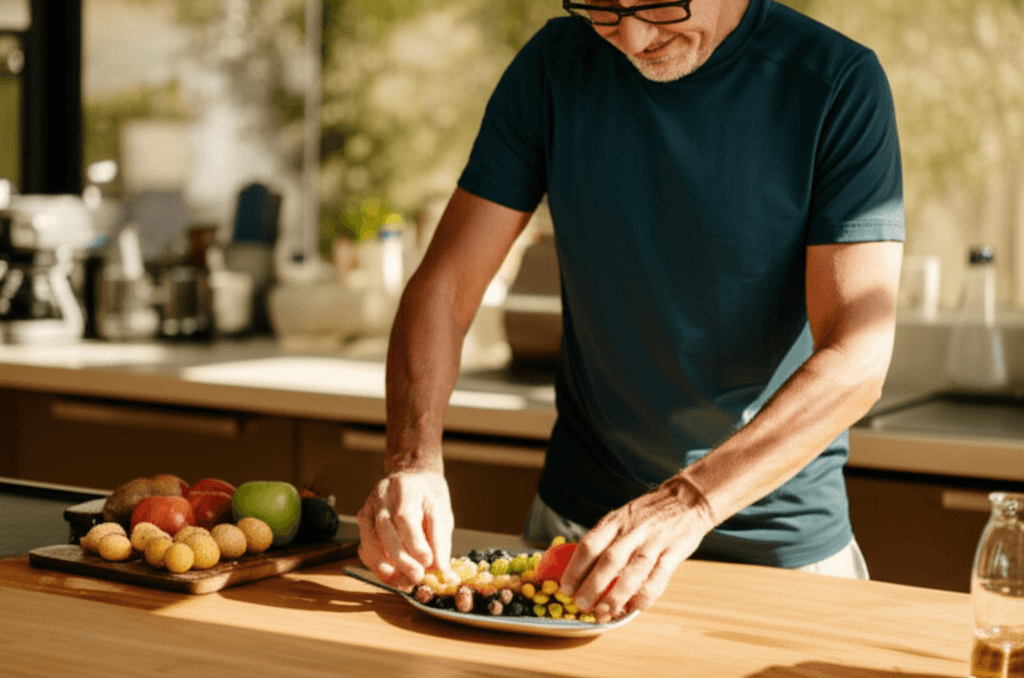
Beyond the Workout: Fueling and Recovery
Exercise is only one piece of the puzzle. What I put into my body and how I recover are equally critical.
Nutrition for Active Seniors
A nutrient-rich diet supports muscle maintenance, energy levels, and overall health.
- Adequate Protein: Essential for muscle repair and growth, especially as sarcopenia (age-related muscle loss) becomes a concern. I include lean meats, fish, eggs, beans, lentils, and dairy in my meals.
- Fruits and Vegetables: A colorful variety provides essential vitamins, minerals, and fiber for digestion and immunity.
- Whole Grains: Sources of sustained energy and fiber.
- Healthy Fats: Avocado, nuts, seeds, and olive oil for energy and joint health.
- Hydration: I make a conscious effort to drink plenty of water throughout the day, as the sense of thirst can diminish with age.
- Key Nutrients: I pay attention to potassium, calcium, vitamin D, and vitamin B12, often through fortified foods or supplements as advised by my doctor.
The Power of Rest and Sleep
Quality sleep is when the body repairs and rebuilds. I aim for 7-9 hours of sleep per night to support muscle recovery, energy levels, and cognitive function.
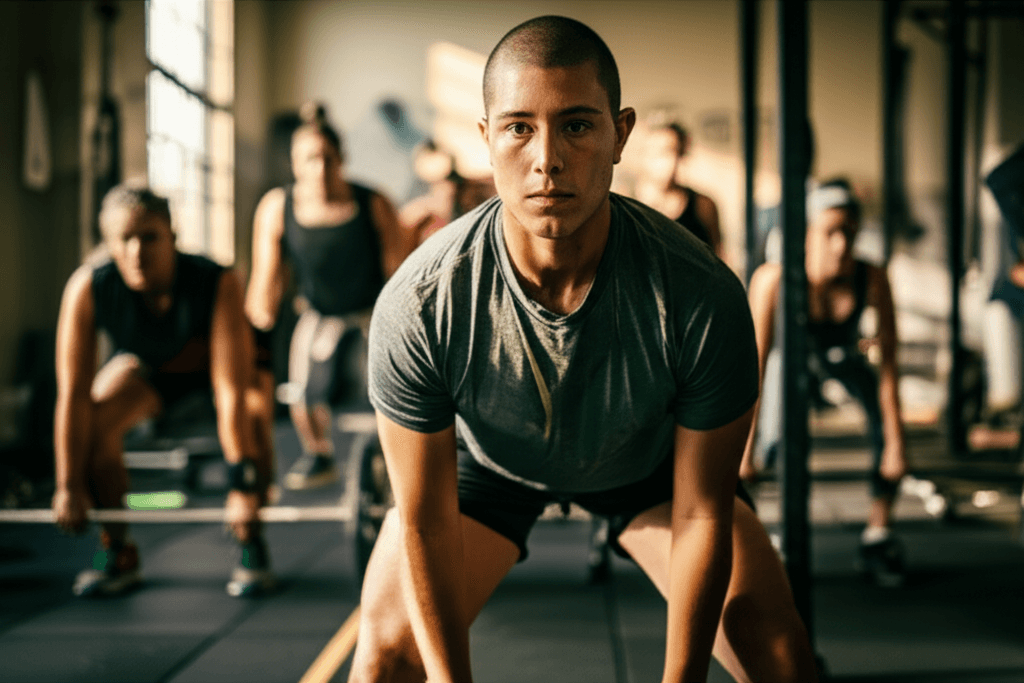
Mindset: The Unseen Muscle
My physical routine is underpinned by a strong mental game. Remaining positive, patient, and adaptable has been key. I remind myself and my clients that progress isn’t linear, and some days will feel better than others. The goal is consistent effort and a commitment to showing up for yourself, even when motivation wanes. Celebrating small victories and focusing on the overall sense of well-being keeps me engaged and enthusiastic about my fitness journey.
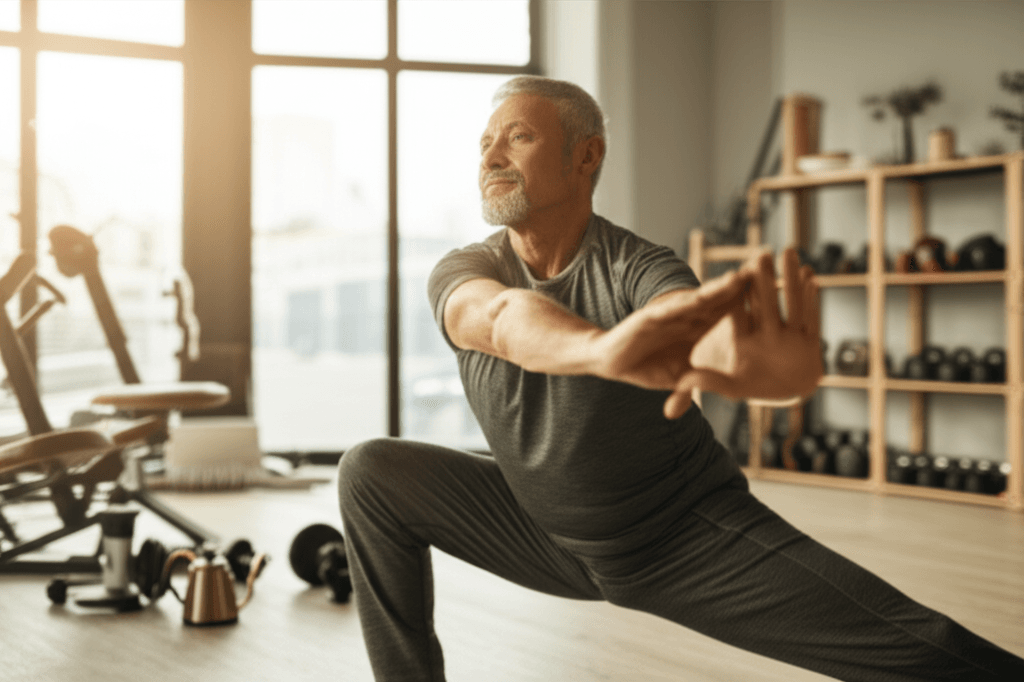
My Key Takeaways for Lifelong Fitness
No matter your age, it’s never too late to start an exercise program. If you’re looking to redefine what’s possible in your 70s and beyond, here’s my advice:
- Start Slowly and Gradually Progress: Especially if you’re new to exercise or returning after a break.
- Focus on Function: Choose exercises that help you with daily activities.
- Mix It Up: Incorporate strength, cardio, mobility, and balance for a well-rounded approach.
- Prioritize Consistency: Little and often is more effective than intense, irregular workouts.
- Fuel Your Body Wisely: Good nutrition and hydration are your partners in fitness.
- Embrace Recovery: Listen to your body and give it time to rest and rebuild.
- Consult Your Doctor: Always check with your healthcare provider before starting any new exercise program, especially if you have existing health conditions.
At 71, I’m not slowing down; I’m simply refining my approach to movement. My routine is a testament to the fact that age is truly just a number when it comes to living a strong, mobile, and fulfilling life.

